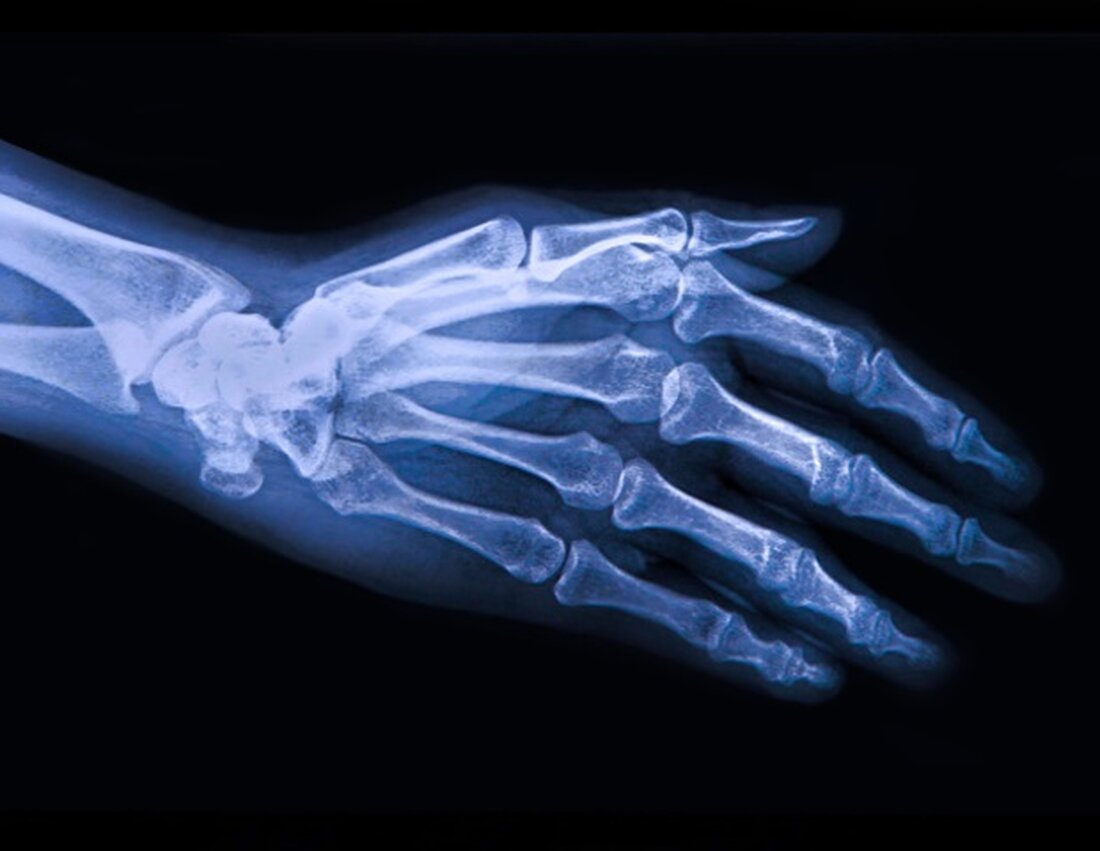Study finds a possible new target to combat osteoarthritis
Wear and tear on the joints can lead to inflammation, cartilage breakdown and the development of osteoarthritis. Scientists at UF Scripps Biomedical Research have found a possible new target to combat this painful cascade. In a study published Thursday in the journal PLOS One, biochemist Patrick Griffin, Ph.D., and his colleague Mi Ra Chang, Ph.D., describe a specific protein that controls activities in chondrocytes, an important cell type responsible for maintaining healthy cartilage joints. As people age and put strain on their joints, their chondrocytes begin to fail. The UF Scripps team found that activating a specific protein called...

Study finds a possible new target to combat osteoarthritis
Wear and tear on the joints can lead to inflammation, cartilage breakdown and the development of osteoarthritis. Scientists at UF Scripps Biomedical Research have found a possible new target to combat this painful cascade.
In a study published Thursday in the journal PLOS One, biochemist Patrick Griffin, Ph.D., and his colleague Mi Ra Chang, Ph.D., describe a specific protein that controls activities in chondrocytes, an important cell type responsible for maintaining healthy cartilage joints.
As people age and put strain on their joints, their chondrocytes begin to fail. The UF Scripps team found that activating a specific protein called RORβ (beta) in these cells can restore several factors necessary for smooth joints to healthier levels, helping to control inflammation. Activating RORβ may therefore represent a useful new strategy to prevent or delay the development of the degenerative joint disease osteoarthritis, said Griffin, professor of molecular medicine and scientific director of UF Scripps Biomedical Research.
People need an osteoarthritis medication that addresses the root cause of cartilage damage and loss because there are currently no disease-modifying medications for the leading cause of disability in the United States. Although our work is still in its early stages, our study suggests that the nuclear receptor RORβ may represent a new therapeutic target to protect cartilage damage and potentially boost cartilage regeneration.”
Patrick Griffin, Ph.D., biochemist
RORβ, short for retinoic acid receptor-related orphan receptor beta, is a type of protein called a nuclear receptor. In our cells, genes alternate between phases of activity and inactivity. When nuclear receptors bind to DNA, this activates the cell's process of transcribing genes into proteins. RORβ has been linked to the development of the eye's retina during fetal growth and may influence circadian rhythms by controlling clock genes. However, its role in maintaining cartilage health was unclear.
Griffin has been studying the causes of bone diseases for many years. He focused on RORβ for several reasons. While few studies have focused on this receptor, some have shown a link between the receptor's activity and bone loss. So he and Chang set out to understand it better. Chang developed cell lines to make the studies possible.
“To our surprise, the gene program upregulated by increasing RORβ activity supported chondrocyte formation, had anti-inflammatory effects, and protected against cartilage degradation,” Chang said.
Griffin said the team launched additional studies because of the tremendous need for solutions to osteoarthritis. An estimated 32 million people in the United States live with the painful condition.
"This study suggests that RORβ may be an attractive therapeutic target. However, we still need to find out much more," Griffin said. “Specifically, we want to understand more about the mechanism by which RORβ acts on chondrocytes and attenuates the inflammatory signals that lead to cartilage destruction.”
Source:
Reference:
Chang, MR & Griffin, PR, (2022) RORβ modulates a gene program that protects against articular cartilage damage. PLUS ONE. doi.org/10.1371/journal.pone.0268663.
.

 Suche
Suche
 Mein Konto
Mein Konto
